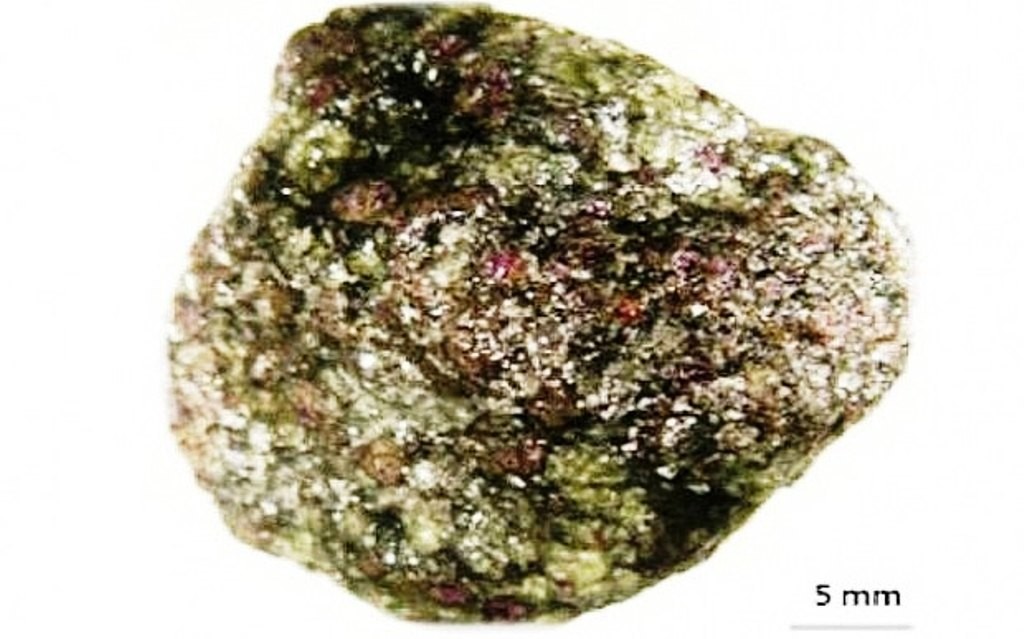Russian miners at the Alrosa’s Udachnaya diamond mine pulled out a strange red and green stone out of the ground; they knew by instinct that they have something extraordinary. The red and green stone looked different from the thousands of tons of earth and ore they process each day. The workers had just unearthed a […]
Home » Russian Geology and Geophysics

